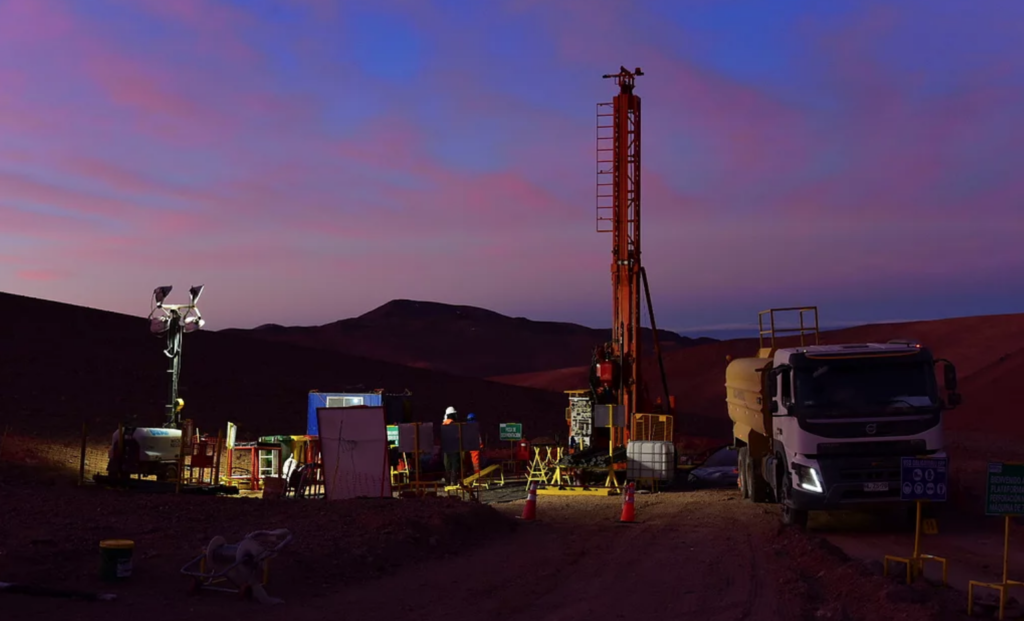Rio2 tests non-carbon gold recovery tech for Fenix project

Initial lab tests on Fenix ore demonstrated that the reusable IXOS polymer had better gold adsorption efficiency, ease of elusion and overall adsorption kinetics.
Sixth Wave says that IXOS is faster, cleaner and more cost-effective than traditional activated carbon processing, and could reduce capex and opex related to gold processing at Fenix.
In the next stage, Sixth Wave will conduct recovery testing from leach solution onsite, starting in the fourth quarter, assuming Covid-19 restrictions will allow it. Testing is expected to include 50 days of onsite testing for cost/benefit analysis and comparison with parallel testing on activated carbon leaching columns.
If the testing is successful, the companies will move to the next phase of testing, incorporating the IXOS technology into a long-term pilot plant that will operate alongside a planned carbon adsorption circuit. The side-by-side pilot plants will provide long-term operational data about the life of the IXOS polymer beads and specifications for full-scale implementation.
Rio2 recently closed a $135 million mine construction financing package for the 20,000 t/d Fenix project, where it is awaiting environmental impact assessment approval and permits. The company anticipates first gold production in the final quarter of 2022.
In addition to working with Rio2, Sixth Wave is also conducting pilot testing of its commercialization-stage IXOS technology with Kinross Gold (TSX: K; NYSE: KGC). In addition, Sixth Wave is testing application of IXOS on gold-bearing tailings samples from the Barry-Hollinger gold mine in Ontario.
Sixth Wave also has developed nanotechnology for Covid-19 rapid testing, and for cannabinoid purification and extraction.
(This article first appeared in the Canadian Mining Journal)




